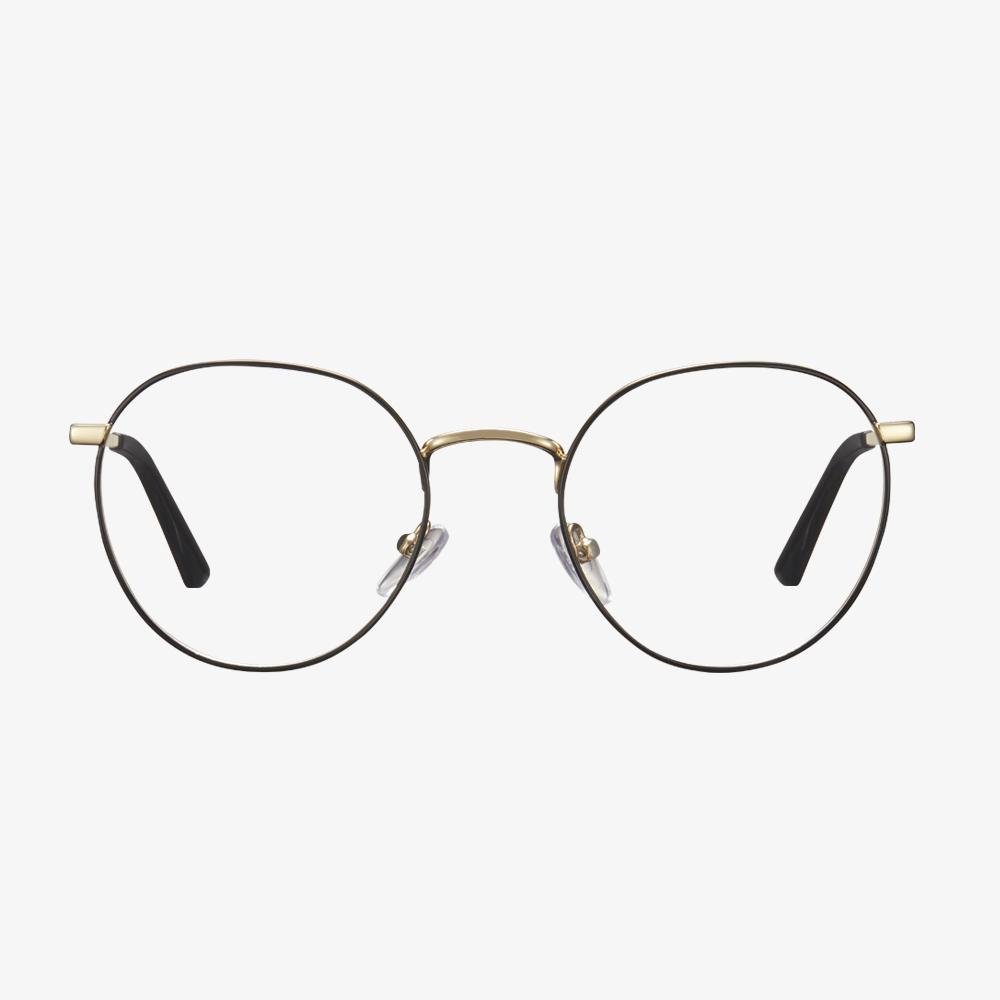Blue light and anti-reflective lenses
They reduce the potential for cumulative damage to the eyes.Allowing the beneficial blue light through improves clarity, they reduce glare and reflection. They can improve your visuals and reduces eye strain and nighttime reflexes. They can reduce the symptoms of computer vision syndrome, including eye strain, eye strain, and headache.
How to Choose Glasses for Long Face?
Bold shapes and eyeglasses with decorative details are also a smart choice since they help draw attention to your eyes and can add width to your face. Be sure to avoid narrow or rectangular shapes, which can make your face appear longer.
Square glasses: if you have a long face, you can try square glasses whose sharper corners can help to balance out the length of your face and complement your narrow features. Choose frames that are slightly wider than your cheekbones to make your face appear broader.
Two-toned glasses: if you have a long face shape, the two-toned glasses would be a good choice. The color-top frames create an optical illusion that draws focus upward toward your eyes rather than to the length of your face.
Are yellow lenses good for night driving?
Yellow lenses are very effective even in low light conditions. They enhance contrast while you're driving. In other words, they broaden your horizons and allow you to see more cars, people, and objects on the road. Especially when you're driving at high speeds on dark roads, this widened, enhanced view can help you see more clearly. The transparent driver's glasses effect is not good. Headlight glare can be understood as dazzling light. The lens should be looked for from the angle of the stain. But the color should not be too dark to ensure safe driving at night. It is better to polarize the light. It can greatly improve the anti-glare effect.
Blue Light Blocking Glasses - Jonas Paul Harper Teen Glasses
If you're looking for blue-blocking glasses specifically designed for teenagers, there's a range of styles for teenage girls and teenage boys (as well as children). They have stylish squares and acetate frames. Including brown Tortoise-shell, purple Tortoise-shell, black, and blue striped. Each pair comes with shatterproof polycarbonate lenses. The spring hinge means increased durability. The nose pad is prolonged to help stay on the tiny bridge of the nose. They provide excellent products and customer service.
Size of the glasses frame
Children's glasses should have enough field of vision. Because children have different kinds of activities, try not to choose frames that will produce shadows and blind corners. If the frame is too small, the field of view will be smaller. If the frame is too big, it will be easy to wear instability, and weight will increase. So the frames for children should be moderate in size.
Can I get a prescription for contact lenses?
Once a contact lens prescription is established, you are entitled to a copy. In some cases, this may occur after a diagnostic match. In many typical GP lenses and special designs, such as bifocal, annular, keratoconus, or postoperative, it may take several examinations before a successful match can be made and a prescription can be provided. If contact lenses are not issued by a doctor, it is important that whoever dispenses them is completely accurate. A soft lens Rx usually includes lens material name, design, power, base curve, and diameter. GP lens prescriptions usually have this information and more, like perimeter curve radius, center thickness, special perimeter design, and optical area diameter.
Are children optometry matched with glasses the same as adults?
The optometry of children is one of the main works of optometry. Compared with adult optometry and glasses, children's optometry and glasses have both commonness and particularity. It is an area at the intersection of pediatric ophthalmology, pediatric optometry, and optometry. It requires the operator not only to have the knowledge of ophthalmology but to have the basis of children's ophthalmology and children's optometry. And they should be an optometry expert. Dealing with children's refractive problems is as much an art as a technique.


















































